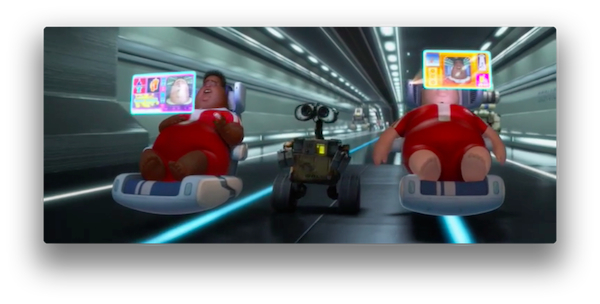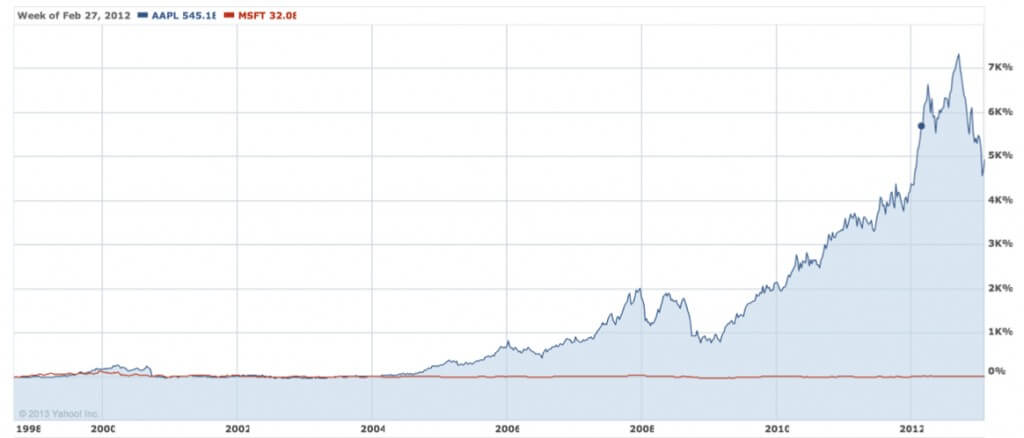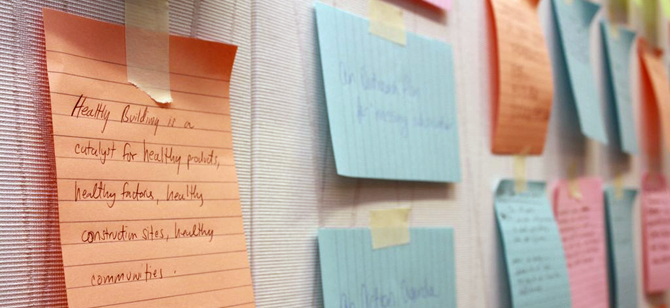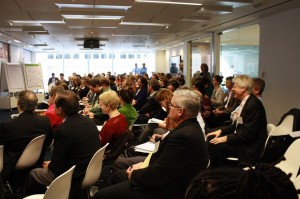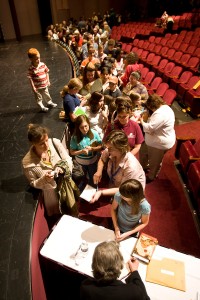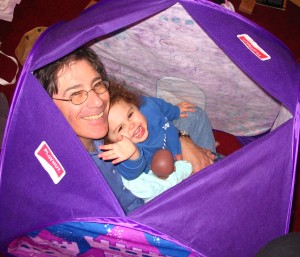Lessons from Anguilla: Getting meeting attendees to connect with one another
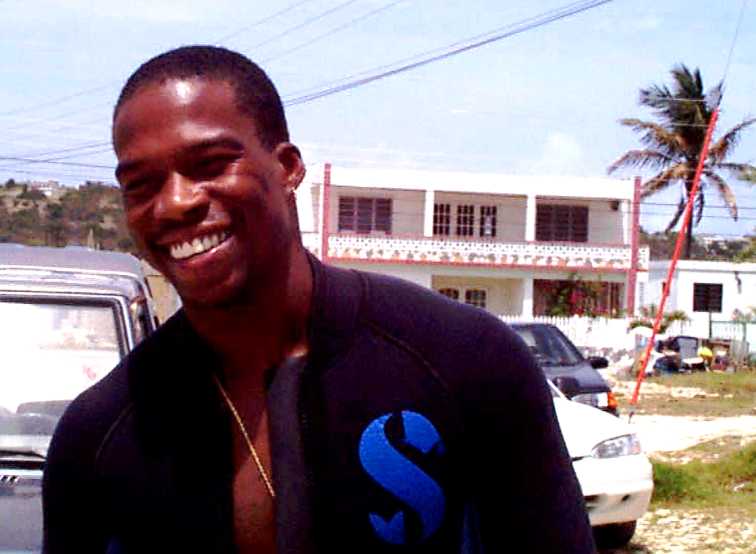
Walking in Anguilla
Every morning for the last three weeks I’ve been taking a brisk 25-minute walk in Anguilla, a 35 square-mile British Overseas Territory in the Virgin Islands. Today I kept track of interactions on my walk. (Yes, I know this sounds weird but keep reading and you’ll see the point.) Here’s what happened:
| ——– Interaction type ——– | |||||
| # passing me | Waves | Hoots | Verbal | None | |
| Cars | 14 | 10 | 3 | 2 | |
| On foot | 1 | 1 | |||
Twelve of the fourteen cars that passed me waved or hooted (one driver waved and hooted). I swapped a “morning” with the one guy I passed on foot. The two cars with no interaction were driven by an Anguillian woman and a tourist.
Based on my three weeks’ experience, this is typical in Anguilla. Almost everyone says hello in one way or another. Exceptions? Well, tourists rarely interact as you pass. Most female Anguillian drivers don’t either, but they wave more frequently than tourists, about the same frequency as Caucasian locals. (You can tell an Anguillian local’s car because the license plates start with “P” for personal. Isn’t that fun?)
Friendly culture
The behavior I’ve described is built into Anguillian culture. As native Anguillian Denise Crawford says:
“Anguillians are a friendly lot. To pass someone and not greet him with a wave or a ‘good morning’ whether you know the person or not is considered ill-mannered.”
—Leaving Island Life, Denise Crawford
This makes it simple to get to know Anguillians. They will respect your privacy if you don’t want to talk, but otherwise, it’s easy to fall into conversation with them. Anguillians are brought up to be this way.
Can we “Anguillianize” conference attendees?
Although we know that conference attendees crave appropriate connection with their peers at least as much as their desire for appropriate content, most conferences do not supply an environment for easy connection. We’ve all had the experience of being thrust into a room of strangers, wondering how and with whom to strike up a conversation. If most attendees have never grown up in a culture like Anguilla’s, can we at least make it easier for attendees to connect—”Anguillianize” them?
Getting meeting attendees to connect
Though we can’t change the past cultural experience of conference attendees, we can provide an environment that supports and encourages connection. Getting meeting attendees to connect isn’t rocket science. Here are three ways to create such an environment:
Provide opportunities for attendees to connect during conference sessions
Stop hoping that attendees will meet each other during meals, mixers, and socials. That’s the old model, and you’re doing your attendees a disservice if you stick to it. The best way for attendees to connect with each other is via shared experience—and there’s no better place to provide this than the conference sessions themselves.
Use small group and pair work regularly
Attendees do not connect with each other while listening to someone talking at the front of the room. They connect when they are discussing content with one other person, or in small groups of not more than a few people. (They also learn better too; an added plus.) Providing attendees regular opportunities—every ten minutes or so—to work with their peers on a topic of mutual interest turns them into participants in their learning and creates a host of safe places for connections to occur.
Set up small group and pair work to include the exchange of contextual information
Anguillians invariably strike up conversations with tourists with the question “Firs’ timer?” The answer and how it’s communicated leads to further possible questions: why did you come, how long you’ve been coming, where you’re from, etc. We can adopt this approach as well. When designing interactive small group and pair work in conference sessions, incorporate reasons for participants to share appropriately about themselves in the context of the discussion. For example, instead of simply asking participants which course of action they would choose in a given situation, have them share the relevant past experience that leads them to make that choice.
Lessons from Anguilla
I’ve been vacationing in Anguilla for the last twelve years and always seem to learn something during my time on this delightful island. Here are some other Lessons from Anguilla.
Photo attribution: “The site formerly known as Bob Green’s Anguilla News”

